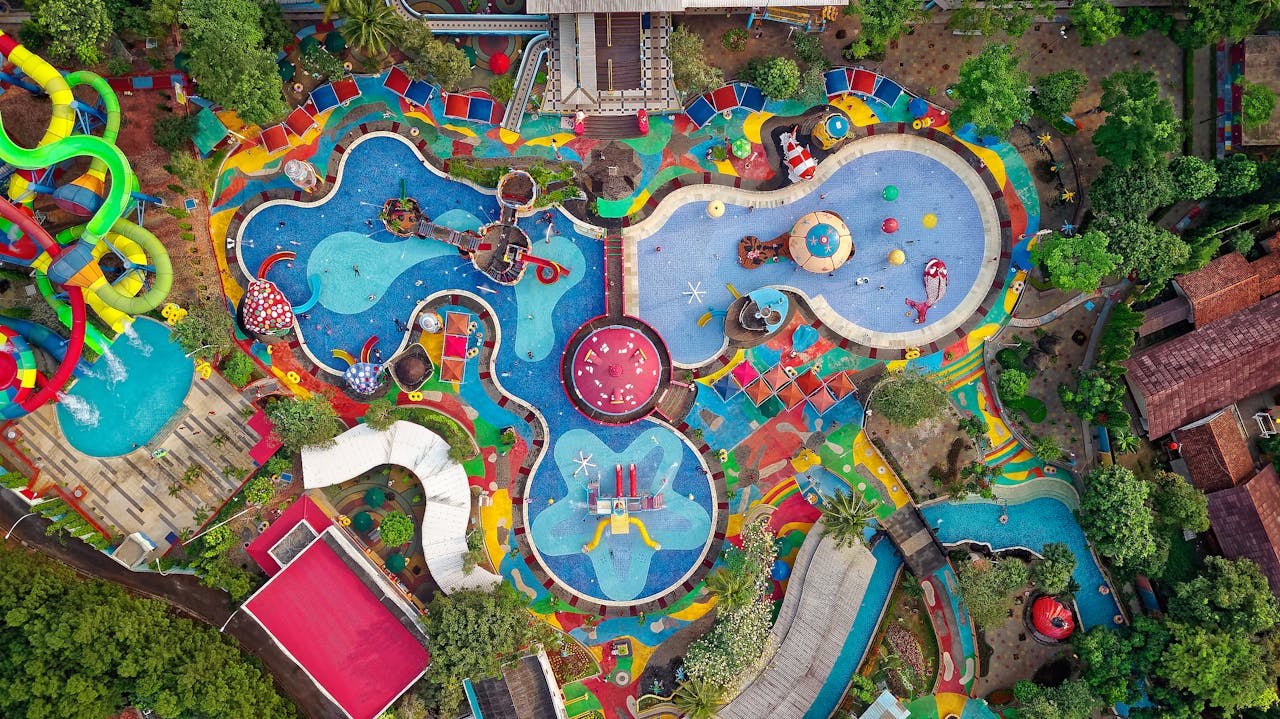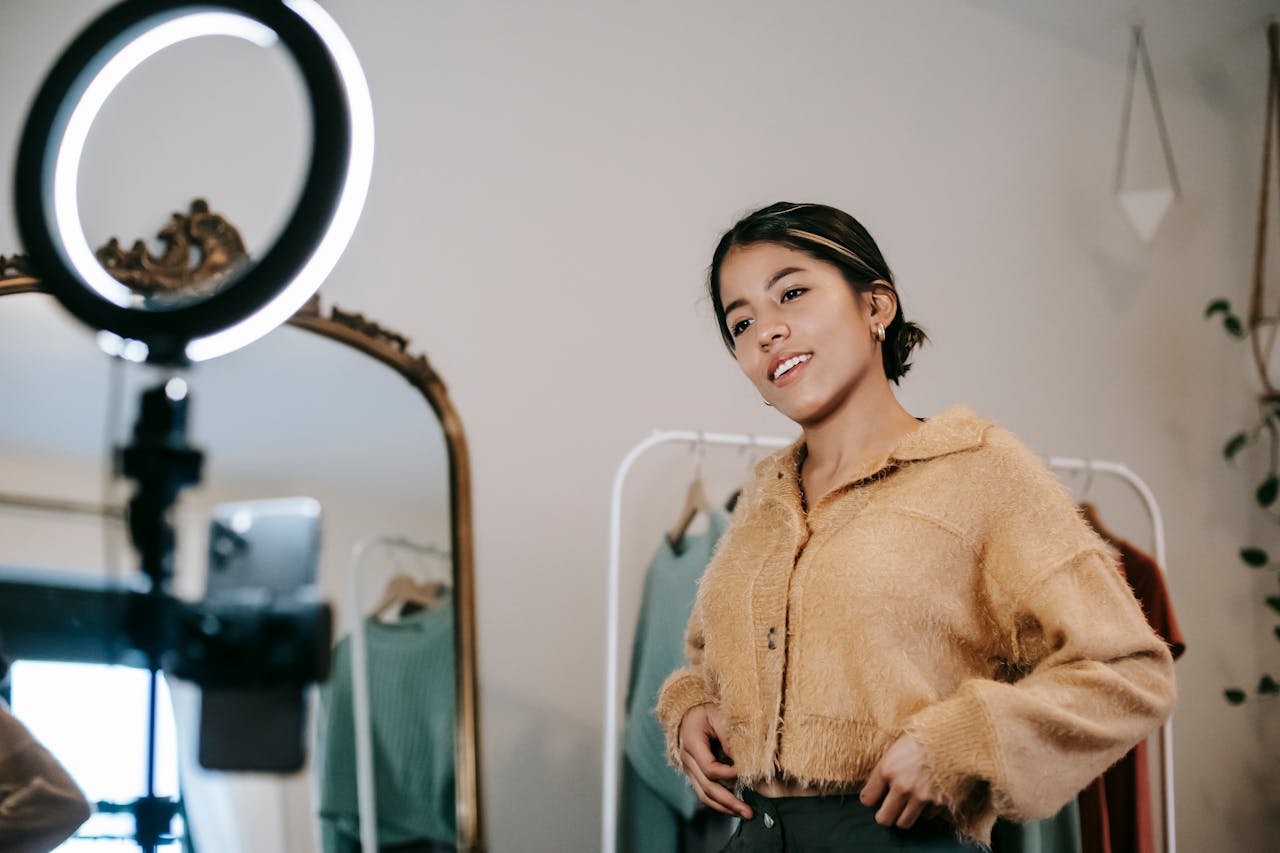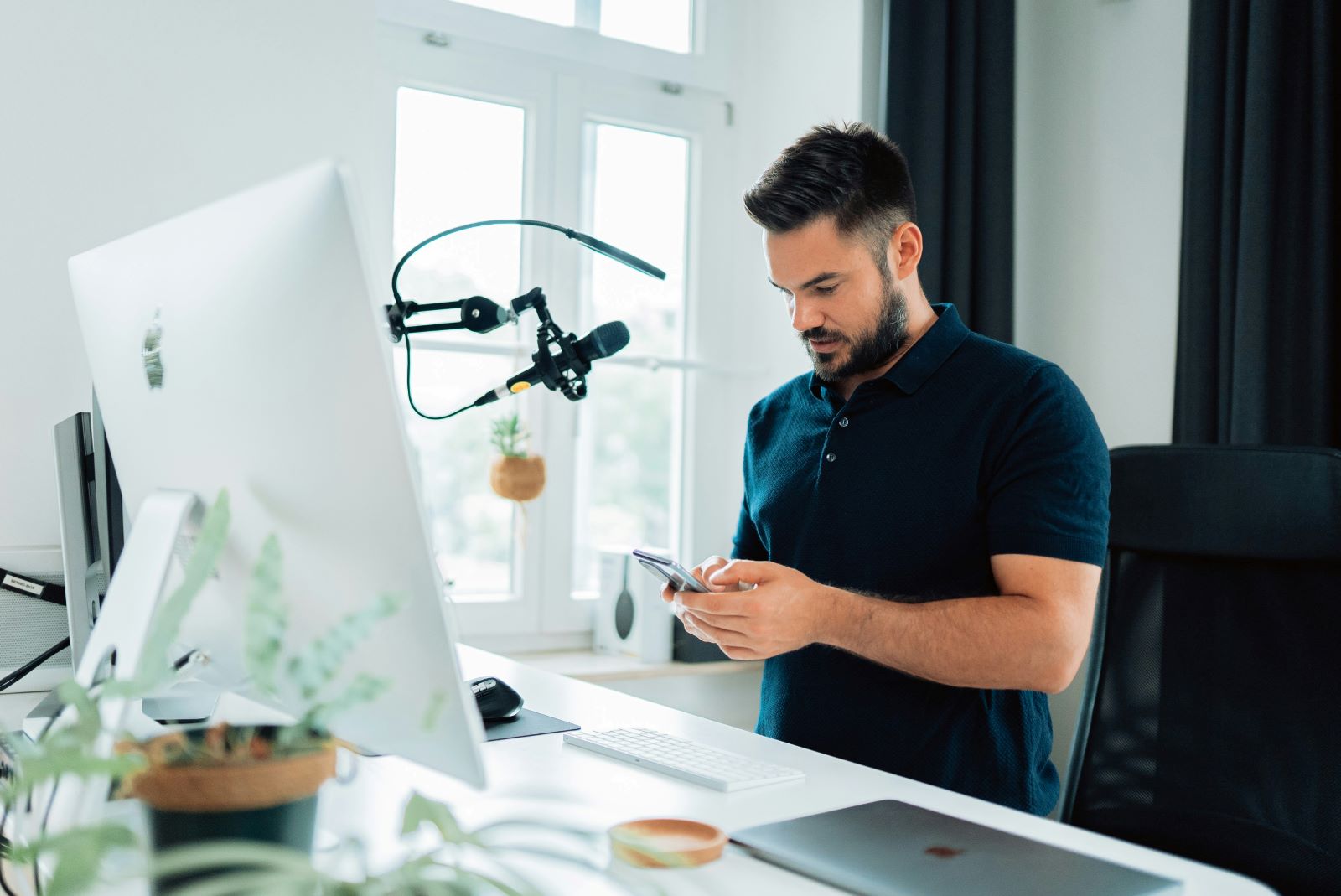Water parks face unique challenges in attracting and retaining visitors throughout their operating season. PR strategies make the difference between a moderately successful event and one that generates significant buzz, attendance, and revenue. Based on data from the International Association of Amusement Parks and Attractions (IAAPA), special events can increase attendance by 25-40% when supported by strong PR campaigns. The most successful water parks don’t just open their gates – they create immersive experiences that combine entertainment, art, and social engagement to build lasting connections with guests.
PR Overview
Strategic Event Planning Sets the Foundation
The most impactful water park events start with clear objectives and measurable goals. According to the Event Marketing Institute, 80% of successful special events attribute their results to detailed advance planning. This includes identifying target audiences, setting attendance targets, and establishing specific PR milestones.
Start by mapping out a 12-week promotional timeline. This gives adequate runway for media outreach, influencer partnerships, and building anticipation through social channels. The timeline should include key dates for press releases, media previews, and social content drops.
Water parks like Schlitterbahn in New Braunfels, Texas demonstrate how strategic planning pays off. Their annual Hot Summer Nights festival saw a 35% attendance increase after implementing a structured PR plan that coordinated traditional media, social channels, and influencer partnerships.
Maximizing Media Coverage
Local media remains a powerful force for water park event promotion. A 2023 Nielsen study found that 85% of consumers still rely on local news sources to learn about events in their area. Build relationships with key media contacts well before your event calendar kicks off.
Craft press releases that highlight unique aspects of each event. Rather than generic announcements, focus on specific attractions, entertainment acts, or special guests that make your event newsworthy. Include high-quality photos and b-roll footage to increase pickup rates.
Wisconsin Dells’ Noah’s Ark Water Park provides an excellent example. Their media strategy for their annual “”Night Splash”” event generated coverage across print, broadcast and digital outlets by emphasizing the exclusive after-dark experience and special effects.
Social media drives significant awareness for water park events when approached strategically. According to Sprout Social, posts about special events receive 52% more engagement than standard promotional content.
Develop a content calendar that builds anticipation through behind-the-scenes content, sneak peeks, and user-generated content campaigns. Create event-specific hashtags and encourage guests to share their experiences.
Six Flags White Water in Marietta, Georgia effectively used Instagram Stories to promote their Summer Nights Festival. Their “countdown to opening” series averaged 15,000 views per post and drove a 28% increase in advance ticket sales.
Partnering with Local Artists
Water parks that integrate local artistic talent create unique experiences that resonate with guests. The National Endowment for the Arts reports that events featuring local artists see 40% higher social media engagement.
Identify artists whose work aligns with your event themes. This could include muralists for Instagram-worthy photo spots, performers for live entertainment, or sculptors for temporary installations.
Adventure Island in Tampa partnered with local artists to create interactive light installations for their Glow Nights event. The artistic elements generated extensive social sharing and media coverage while differentiating the experience from standard water park offerings.
Leveraging Influencer Partnerships
Influencer marketing proves particularly effective for water park events. According to Influencer Marketing Hub, recreation and entertainment venues see an average ROI of $5.20 for every dollar spent on influencer partnerships.
Select influencers based on audience alignment rather than follower count alone. Family-focused content creators often deliver better results than general lifestyle influencers for water park promotions.
Aquatica Orlando successfully partnered with regional family travel influencers for their Island Nights series. The campaign reached 2.5 million targeted followers and directly attributed to a 22% increase in evening attendance.
Measuring and Optimizing Results
The most successful water park PR campaigns incorporate robust measurement systems. Track key metrics including media impressions, social engagement, ticket sales, and attendance patterns. Use this data to refine future event strategies.
Remember that special events serve multiple purposes beyond immediate attendance. They build brand awareness, create shareable moments, and give past guests new reasons to return. A comprehensive measurement approach considers both short-term results and long-term impact on brand value.
The Role of PR in Influencer Marketing for Martech Brands
Public relations and influencer marketing have become inseparable forces in promoting Martech...
Influencer Marketing in Fintech: Building Trust Through Strategic Partnerships
Financial technology companies face unique marketing challenges that traditional advertising alone...
PR Strategies That Drive Success for Water Park Special Events
Water parks face unique challenges in attracting and retaining visitors throughout their operating...



